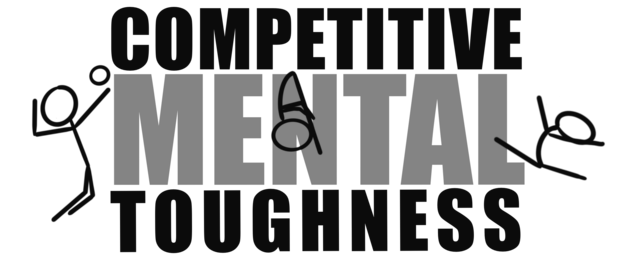Everyone makes mistakes, even professional athletes who are at the top of their game. And, everyone seeks perfection.
But, perfection is a myth.
When we say, “My technique isn’t perfect,” what we really mean is, “I can’t do it consistently 100 percent of the time.” But that’s impossible to achieve, unless you’re a robot.
In mental game, we don’t use the term perfection. Instead, we use the term mastery.
Mastery isn’t the same as perfection, because even masters aren’t perfect.
What is mastery?
Let’s define mastery.
In mental game terms, you have mastered a skill when you are able to execute it 85 percent of the time. In other words, if you can land a jump or hit a time 85 percent of the time, you’ve mastered it.
Yes, in everyday thinking 85 percent is a long way from perfection, but in mental game terms, 85 percent is mastery.
What do you mean? What’s the point of mastery? Why not perfection?
Mastery is important, because it helps to give us perspective. It gives us space to look at our mistakes in an objective light. Instead of getting frustrated and panicking at every little misstep, it gives us breathing room.
How would you react?
You’ve been swimming well. Your races have been great and you’ve been consistently hitting great times. Then out of nowhere, your streak ends.
The cause, a silly mistake. A misstep you haven’t made in a long time. You miss your start, which causes you to lose two hundredths of a second and a spot on the podium.
How do you react?
Let’s look at two examples. The athlete who is chasing perfection and the athlete who understands mastery.
Athlete expecting perfection
When you see the results, you start to panic. On the car ride home, you formulate a training plan to make sure you don’t repeat the same mistake again. The plan involves running 50 mock starts during each training session and adding several additional drills to train your reaction time.
Athlete with a mastery mindset
As soon as you finish, you take some time to review your statistics.
How many times has this happened this season? Is this a regular occurrence?
According to your statistics, it’s happened once this season. One time out of more than a dozen starts.
In other words, you’ve had good starts more than 85 percent of the time. Which means, you are still well above the threshold of mastery.
Using this knowledge, you decide to spend a bit more time focusing on starts during training everyday. Not to improve your technique, but to help build your confidence back up.
Can you see the difference?
Are you the first athlete? The one who panics and changes course after even the smallest mistake?
Or are you the second athlete? The one who is able to calmly evaluate the situation and make rational decisions?
The only difference between these two athletes is their mindset. The Perfection Mindset versus the Mastery mindset. Which means, you can easily become the second one too.
Remember, mastery is 85 not 100 percent. By definition, this means you don’t have to be perfect to have mastered a skill.
Using this knowledge, you can take an objective look at your mistakes. Even if you make a mistake on something that you’re already consistent with, you can treat it as part of the 15 percent. No frustration, panic, or drama required.
If you can’t let it go, you can do more research.
Was the mistake a fluke? Was it caused by something out of your control?
Was it caused by a lapse in your mental game? Did you get distracted or lose focus?
Or was it caused by your technique? And, do you need to make changes so it doesn’t happen again?
Once you have your answer, you can come up with an action plan. Maybe it’s adding drills, working on your mental game, or in the case of a fluke, nothing at all.
Whatever the case, this approach will save you time in the long run, because you won’t spend time fixing problems that don’t exist.
Everyone makes mistakes
No one is perfect. Not even professional athletes.
But the good news is, you don’t have to be perfect.
Instead of expecting perfection, shoot for mastery. Remember, mastery is 85 percent consistency, which means there is 15 percent left for mistakes. Then when you make a mistake, you can recover quickly and train more, instead of being stuck in panic mode.
